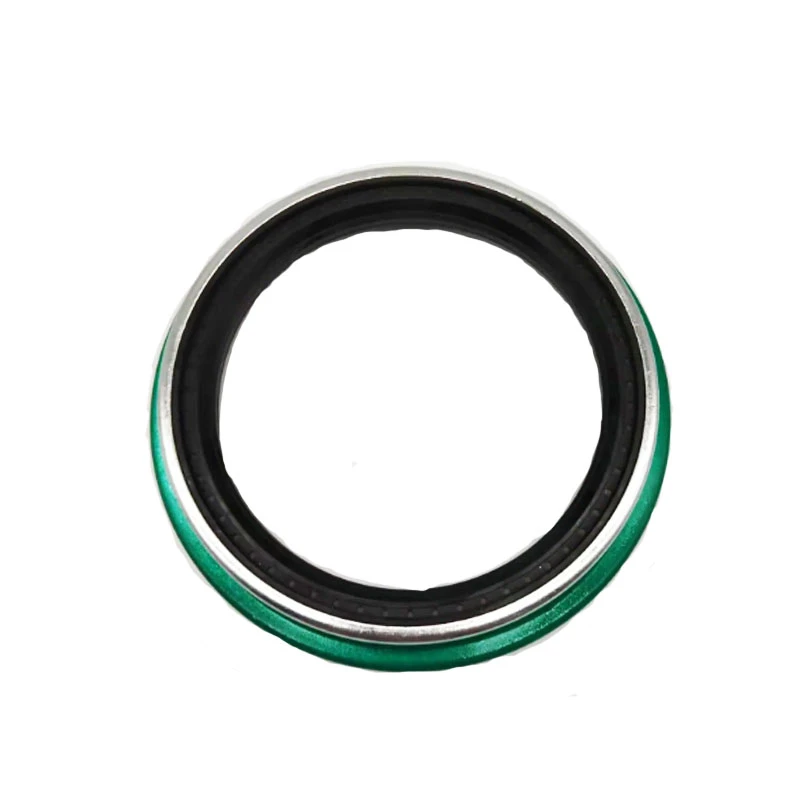Understanding the Function and Importance of Transaxle Output Shaft Seals in Vehicles
Understanding the Transaxle Output Shaft Seal
The transaxle output shaft seal is a critical component in many vehicles, especially those with a transaxle design, which combines the transmission and axle into a single integrated system. This component plays a vital role in maintaining the overall integrity and efficiency of the vehicle's drivetrain. In this article, we will explore the function of the transaxle output shaft seal, its importance, potential issues that may arise, and the best practices for maintenance and replacement.
What is a Transaxle Output Shaft Seal?
The transaxle output shaft seal is designed to prevent fluid leakage from the transaxle case where the output shaft exits. Typically made from durable materials such as rubber or synthetic compounds, this seal must withstand various conditions, including high temperatures, pressure differences, and exposure to lubricants and contaminants.
In a transaxle system, the output shaft is pivotal as it transfers power from the transmission to the drive wheels. To function effectively, the system relies on lubricants—often automatic transmission fluid (ATF) or similar fluids—that keep the internal components lubricated and minimize wear and tear. The output shaft seal ensures that these fluids remain contained within the transaxle, preventing leaks that could lead to severe mechanical failures.
Importance of the Output Shaft Seal
The significance of the transaxle output shaft seal cannot be overstated. If this seal fails, it can lead to several issues
1. Fluid Leaks A compromised seal allows lubricants to escape, leading to decreased fluid levels. This can result in inadequate lubrication, increasing the risk of overheating and wear on internal components.
2. Contamination Without a properly functioning seal, dirt, and debris from the outside environment can enter the transaxle. Contamination can severely affect the performance of the transmission and can lead to expensive repairs.
4. Component Damage Over time, low fluid levels due to leaks can cause extensive damage to gears, bearings, and other vital components, leading to costly repairs or complete overhauls.
transaxle output shaft seal

Signs of Failure
Recognizing the signs of a failing output shaft seal is essential for maintaining the vehicle's health. Common symptoms include
- Puddles under the vehicle Transmission fluid leaks typically have a reddish color. If you notice fluid pooling under your car, it might indicate a problem with the output shaft seal or other components. - Low transmission fluid levels Regularly checking transmission fluid levels can help catch potential leaks early. If levels drop unexpectedly, investigate the source.
- Unusual noises Grinding, whining, or clunking noises from the transmission area can suggest inadequate lubrication or damage due to low fluid levels.
Maintenance and Replacement
Regular maintenance is crucial for ensuring the longevity of the transaxle output shaft seal. Here are some tips
- Regular Fluid Checks Periodically check and replace transmission fluid according to the manufacturer’s recommendations. This not only keeps the system running smoothly but also helps in identifying potential leaks early.
- Inspections During routine maintenance, mechanics should inspect the output shaft seal for signs of wear or damage. Early detection can save you from more significant problems down the line.
- Professional Replacement If you suspect your output shaft seal is failing, it is advisable to consult with a professional mechanic. Replacing the seal often involves disassembling parts of the transaxle, which can be complex and requires specialized tools and knowledge.
Conclusion
In summary, the transaxle output shaft seal is a small yet essential part of the vehicle's drivetrain. It prevents fluid leaks, protects against contamination, and ensures that your transmission operates efficiently. By being aware of the signs of seal failure and adhering to maintenance practices, vehicle owners can significantly prolong the life of their transaxle systems and avoid costly repairs. Always remember that when it comes to vehicle maintenance, a proactive approach is significantly more beneficial than a reactive one.
-
The Ultimate Guide to Car Repair Kits: Tools and Essentials Every Driver Should Own
News Aug.01,2025
-
The Complete Guide to Oil Pan Gaskets: Sealing Engine Leaks the Right Way
News Aug.01,2025
-
Preventing Oil Leaks: A Complete Guide to Oil Pan Gaskets and Drain Seals
News Aug.01,2025
-
Everything You Need to Know About Oil Pan Gaskets and Drain Plug Seals
News Aug.01,2025
-
Essential for Car Owners: How to Use a Car Repair Kit to Deal with Minor Breakdown
News Aug.01,2025
-
Comprehensive Guide to Engine Oil Sump Gaskets and Related Seals
News Aug.01,2025
-
The Ultimate Guide to Boat Propeller Bearings and Trailer Wheel Bearings
News Jul.31,2025
Products categories















